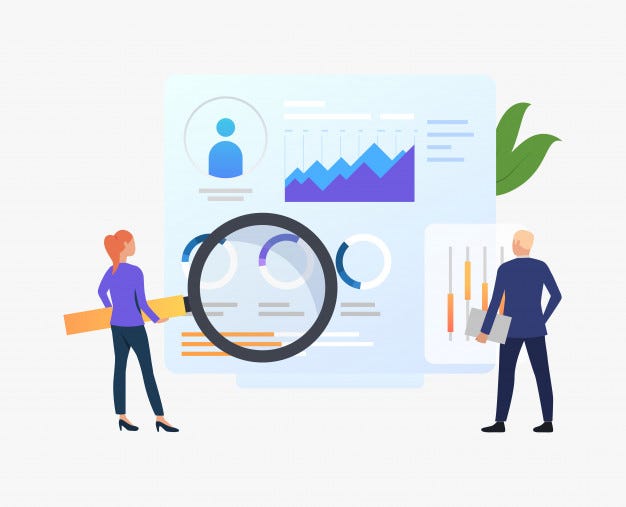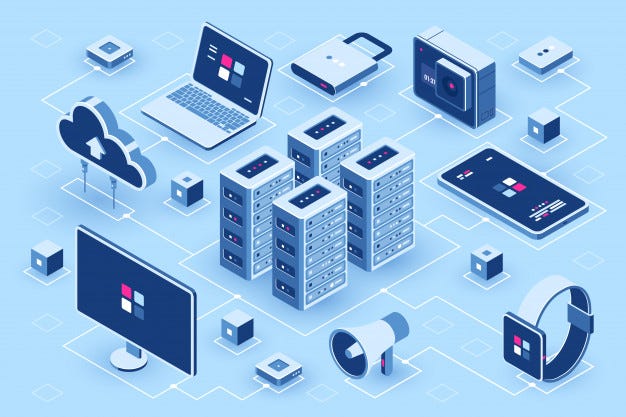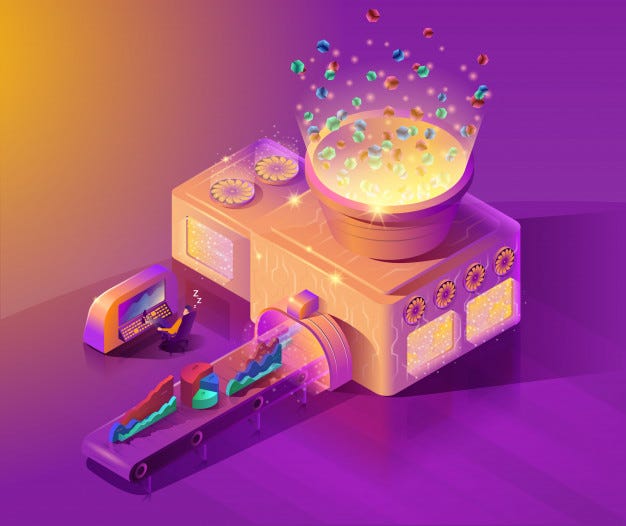IT asset management (ITAM) is a set of business policies designed to optimize the usage and maintenance of a business’s IT equipment. Essentially, it encompasses the management of both software and hardware assets owned by a company.
ITAM helps track the repair and upgrade needs of your IT assets – from their procurement to their disposal. Most IT equipment is high-ticket and stores sensitive company information. Therefore, it is crucial to implement robust IT policies to keep both your hardware and the sensitive data in it secure at all costs.
As an IT asset manager, it is key for you to devise a dedicated ITAM strategy that not only helps improve the productivity of your IT assets but also pulls down the risk of data breaches.
Common ITAM mistakes that you should avoid
With rapidly evolving IT assets and a need to adapt to changing technological trends, being an IT asset manager can be a handful. Clinging onto old ITAM practices can really hurt your business in the long run.
Listed below are a couple of common mistakes that most IT asset managers make. You can avoid these to steer your business clear of major disasters.
1. Collecting data after fixed periods
Gathering data on your assets once in a blue moon works when you have to contend with fixed assets. These assets are typically purchased only once and require less frequent upgrades than most IT assets.
IT assets are different. If you don’t collect data on them continually, you may lag behind certain mandated licensing and upgrade requirements. This may bleed into hefty compliance costs for your business and hurt your IT asset performance in the long run too.
2. Relying on manual audits

The primary objective of carrying out audits is to keep your assets and business processes under check. For this reason, many companies conduct regular inspections to test the efficiency of their work operations.
Audits also help you maintain employee accountability for asset-related activities. The downside of manual audits, however, is that they take up a lot of time and resources. They tie up your work hours in efforts that rarely yield desired results.
An effective solution to this is implementing a proactive IT asset discovery mechanism. Asset discovery reveals how well each of your IT assets is performing and who is using them. It keeps a perpetual check on both performance and accountability, without requiring any human.
3. Maintaining substandard cybersecurity
Tangible devices are easier to monitor. However, soft IT assets are often challenging to keep tabs on because of the insurmountable data they store. A study by Cisco Network flagged that less than half of the cybersecurity alerts are remediated due to the grueling task of dealing with hoards of data.
In the face of such situations, many IT asset managers compromise on the data capacity but do not upgrade their cybersecurity measures.
To keep both your devices and data secured, you need to establish watertight security measures. Always have malware detectors installed, your data encrypted against unauthorized users, and remedial strategies in place to combat security breaches.
4. Focusing only on reactive maintenance
Scheduling your IT equipment once the damage has been done is not a good idea. It leads to unexpected workflow delays and lowers your efficiency. Last minute outages result in lost business hours.
A better alternative to this is to plan ahead of outages and service your IT assets before such a thing happens. IT asset managers must not only rely on reactive maintenance but prepare for preventive maintenance. It ensures the longevity of your assets and eliminates workflow hindrances.
Four tips for successful IT asset management
Investing in technology for your business is a big deal. This is why IT asset managers must ensure that the IT equipment of a company functions at its optimum to achieve the highest possible returns.
Here are 5 tips you can use to boost the productivity of your IT assets and successfully manage them.
1. Construct a comprehensive asset database

The first step towards successful ITAM is to maintain an accurate and sorted IT asset database. IT assets are quite diverse in their specifications and functions.
For instance, software assets may consist of operating programs, utilities and server applications. Hardware assets, on the contrary, may include computers, printers, hard drives and various types of cables.
For this reason, it is important to keep a comprehensive asset database that lists every detail of each of your IT assets. Once you’re done developing a database and classifying your assets, you need to define what asset information to use for labeling assets.
Here’s a basic checklist to help you decide which asset fields to include in your asset tags.
- Serial/license number
- Name
- Description
- Manufacturer
- Contract number
- Custodianship
- Lot number for printing consumables, memory modules or wiring
2. Prioritize your IT assets and ITAM activities
Rather than spending huge sums of money and effort on maintaining each of your IT assets, you can create priority lists for ITAM activities.
High priority activities can include keeping track of patents and copyrights, and their renewals. Whereas, low priority activities may consist of tasks like re-ordering printers. You can also prioritize your assets by their value and tag them accordingly.
Relatively cheaper barcode labels can get the job done for small simpler IT items such as USBs. For high-ticket items, you may use high-storage RFID labels.
3. Comply with IT industry regulations
Like any other sector, the IT industry requires strict adherence to compliance standards too. Both hardware and software assets require equal attention when it comes to compliance.
However, IT asset managers need to be extra vigilant when it comes to software licensing. Ignoring this may bleed into heavy legal costs for your business.
Therefore, it is necessary to document and follow the industry licensing requirements. You can also run regular software audits to keep a check on which software needs license renewals.
Software audits may also help flag any illegal or fraudulent activities that are being carried out on certain software items. Automated IT asset discovery techniques greatly help in this pursuit.
4. Install an automated procurement system

Many businesses struggle with maintaining a balance between over and under stocking their assets. This also comes as a huge concern when dealing with IT assets.
Electronic equipment is typically expensive and cannot be purchased on short notice. IT asset managers can overcome this by taking notice of the usage history of IT equipment.
Use past utilization trends to predict the number of printers and hard disks you will need in the future. Your best pick, in this case, is an automated procurement system.
It scans your current usage and inventory levels and automatically alerts your vendors when your stock reaches a specified minimum threshold level. This way, you can pre-order IT assets well before the need to use them arises.
As an IT asset manager, it also helps to follow market trends to see which assets will soon turn obsolete and are taking up unnecessary resources.
Pick an ITAM solution that is easy to integrate with third-party software
Successful ITAM strategies do not bear fruit unless your ITAM program has the ability to easily integrate with third-party enterprise software. Easy integration facilitates your employees in carrying out their daily tasks seamlessly.
With integrations, it is much more feasible to share information across departments and collaborate on various projects. In this pursuit, you should opt for an advanced ITAM solution that can sync with other software programs without encountering any technical roadblocks. This greatly fuels the growth and productivity of your business and brings in more returns.
AssetSonar is a leading ITAM solution to help IT asset managers carry out seamless ITAM activities. It allows companies to track their hardware, software, maintenance, users, and warranties.







